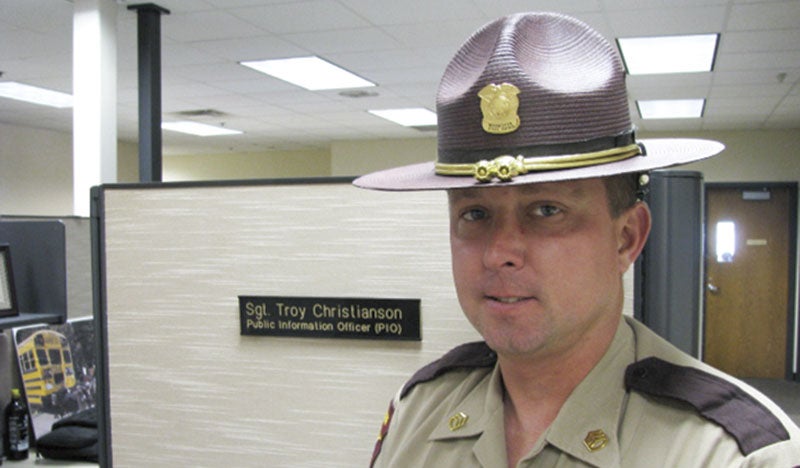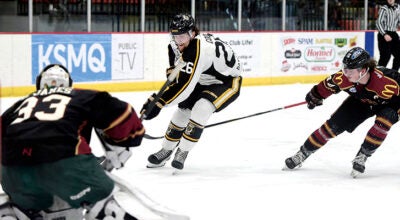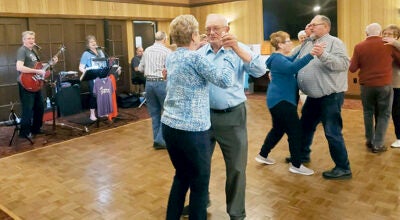Ask a Trooper: Rules for that cool truck
Published 8:24 am Wednesday, June 6, 2018

- Sgt. Troy Christianson, Ask a Trooper Minnesota State Patrol
Question: My son has a truck that he wants to jack up and make look cool … what are the rules for tire size, pipe noise, etc … I want to know what’s legal before he spends money on this stuff and then gets tickets!
Answer: Making modifications to a passenger vehicle/pickup truck can change the way the vehicle handles, steers, brakes and could affect its overall performance and jeopardize the safety of the occupants.
Adding a lift kit, installing bigger tires and rims and loud exhaust are very popular on pickup trucks. Below are a list equipment violations and safety issues that I have seen over the years with modified trucks:
Bumper height violations: The law in Minnesota states that bumper height must be within six inches of the factory bumper height. The maximum bumper height for 4x4s is 25 inches. Bumpers must be at least four and a half inches tall and must extend 10 inches outside of each frame rail. The height of the bumper is determined by measuring from the bottom of the bumper, excluding any vertical bumper attachments, to the ground. A vehicle with an original bumper that does not exceed a height of 30 inches may be modified by attaching a full width bumper to the regular bumper to meet the height requirement.
Tires extending beyond the fenders: Installing wheels that extend beyond the fenders will require a fender flare. The flaps or protectors must be at least as wide as the tires they are protecting and must have a ground clearance of not more than nine inches from the ground when the vehicle is empty.
Speeding due to larger tires/rims: The speedometer reads how many revolutions the tires are making, not how fast they are spinning. With larger tires the distance around the tire is longer, so with each revolution you are traveling further than before. The actual speed of the vehicle would be higher than the speedometer reads. The speed would be lower if smaller tires/rims are installed. I recommend stopping at a local auto/tire shop and they can advise on how much your speedometer would be off.
Higher risk for a rollover crash: Increasing the vehicle’s height will increase the vehicle’s center of gravity. This could become an issue when making sharp turns, as a higher center of gravity gives the vehicle a tendency to lean more, increasing the chances of rolling over or losing control. Additional modifications may be necessary to correct this. Make sure to read the lift kit manufacturer’s instructions when installing it yourself or have it professionally installed.
Braking, steering issues, reduced blind spots and overall safety of your vehicle: When adding larger tires and rims, the stock brake system may need to be upgraded. The front suspension may need bigger and stronger parts. Taller vehicles may increase your blind spots, as smaller vehicles may be less visible. Adding larger mirrors, relocating the current mirrors or adding a blind spot mirror to help see vehicles in blind spots might be necessary.
Loud exhaust: The law does not specifically answer how loud a motorized vehicle can be, but it does say that a vehicle must have a good working muffler that prevents “excessive or unusual noise.” So any cutouts or bypasses, straight pipes or rusted out mufflers and exhaust with holes are all illegal. After market mufflers, sometimes called “glass packs” or “cherry bombs,” can be an issue as they may produce “a sharp popping or crackling sound.”
I recommended consulting with a professional mechanic before modifying a vehicle to be sure that it will be safe to operate and that it complies with all state laws.





